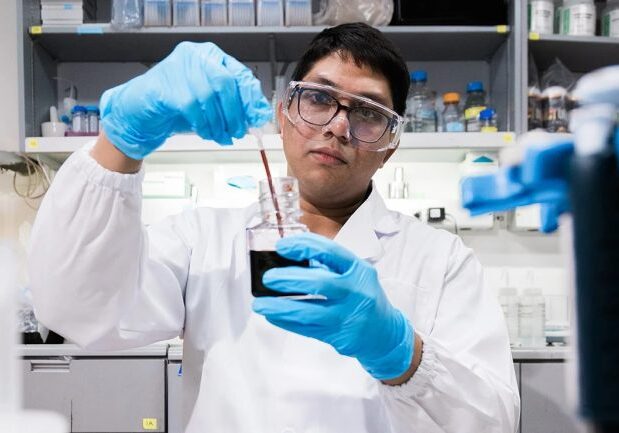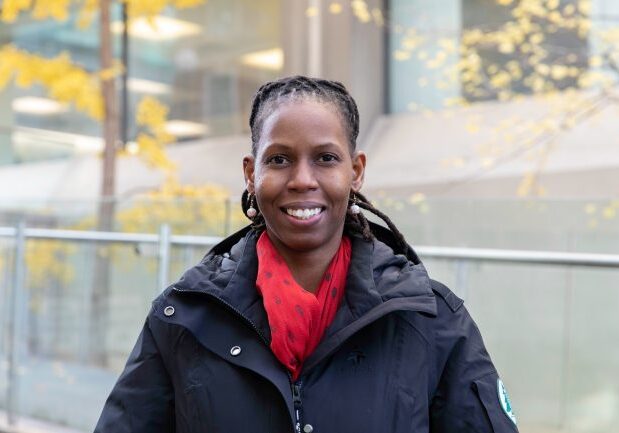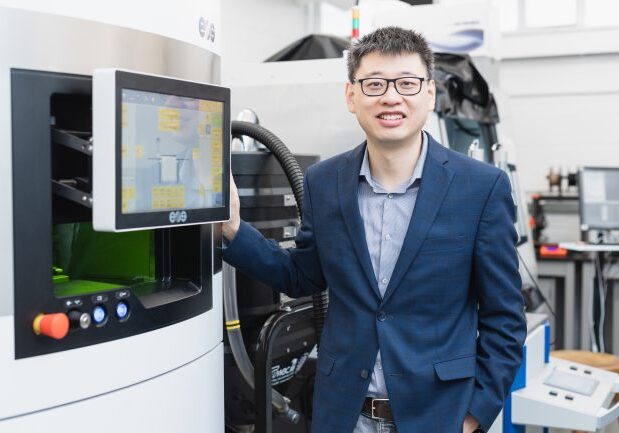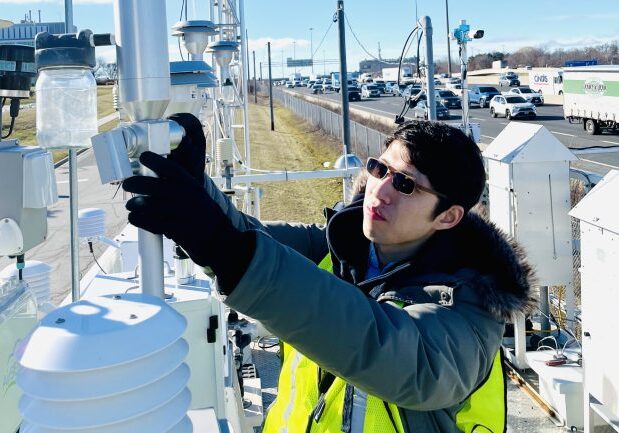
U of T researchers are developing a chatbot to help people stop smoking
Professor Jonathan Rose (ECE) is working on the chatbot with a diverse team that includes addiction experts, computer engineers and social scientists

From nature to the lab: U of T Engineering startup brews more sustainable food ingredients
Ardra Inc., a startup founded at U of T Engineering, aims to replace natural flavour ingredients in food with more sustainable alternatives

U of T Engineering professor addresses maternal care disparities for racialized patients in U.S. health care systems
Study led by Professor Myrtede Alfred (MIE) analyzed incident reports to measure outcomes among racialized groups

Acceleration Consortium announces $1.2 million in funding for projects that accelerate scientific discovery
Twelve research projects, from across U of T, will leverage or drive the development of self-driving labs

How the CLUE research group is rethinking urban freight logistics
Professor Matthew Roorda (CivMin) is leading the group of researchers from U of T, McMaster University and York University

‘Images every second’: U of T Engineering researchers develop rapid MRI technique for better cancer detection and therapy
New technique captures high spatial resolution concurrently with temporal resolution, something that has eluded the field for decades

U of T Engineering students are incorporating AI in treating certain mental health conditions
Professor Michael Guerzhoy (MIE, EngSci) and a team of undergraduate students are researching how artificial intelligence can complement traditional mental health treatment



